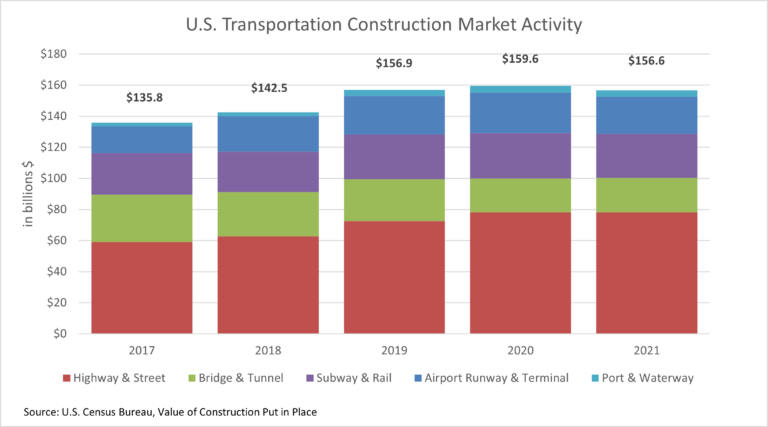Northern Light
Superstar
Ideally, tearing down the Gardiner would be bundled with substantial transit improvements (which are needed either way) including:
frequent 2WAD RER on as many GO lines as possible
full fare integration between 905 transit-GO and TTC-GO
King Street style improvements on all streetcar lines
DRL/OL East and West
additional GO stations in the downtown shoulder areas
improvements on lines 1 and 2
Waterfront East and West LRTs
long range cycling corridors
deliveries shifted to off peak hours
While I would support all of the above........
In terms of removing the central and west sections of the Gardiner, the key is those investments that work in the west, and north-west areas of the inner and outer suburbs.
2 way, all-day GO, running 15 minute or better frequencies all-day to Brampton, and Hamilton on the Kitchener and LSW corridors; along with 15-minute rush hour, and hourly or better all-day service on the Milton Corridor to Lisgar.
But, those GO Stations still need to be served by vastly better local transit.
That transit has to be every 15 minutes or better in its own right, and in place for full span of service. (all-day and weekends).
That and fare integration would do wonders.
Then, I think we're in a better position to look at removing more of the Gardiner; and bundling those makes sense.
Last edited:







/https://www.thestar.com/content/dam/thestar/opinion/contributors/2021/02/15/matt-elliott-gardiner-expressway-looms-large-as-toronto-debates-budget-but-few-at-city-hall-want-to-talk-about-it/gardiner.jpg)